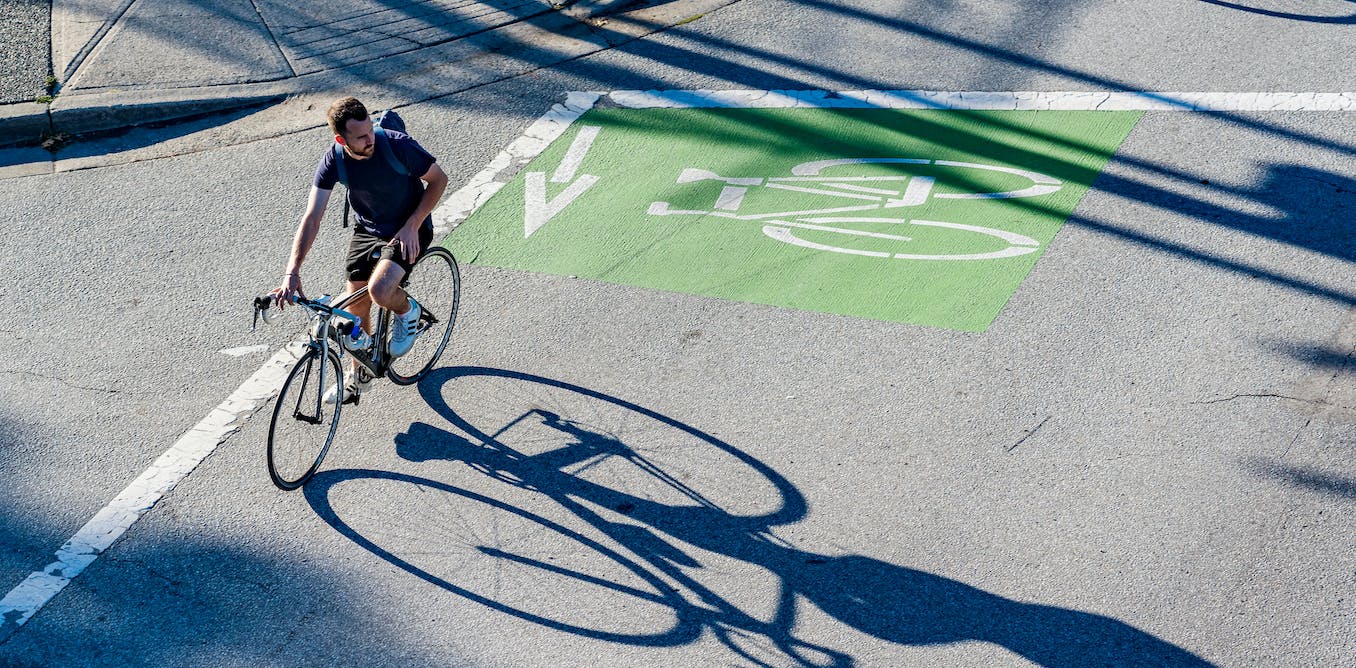Globally, only one in 50 new cars were fully electric in 2020, and one in 14 in the UK. Sounds impressive, but even if all new cars were electric now, it would still take 15-20 years to replace the world’s fossil fuel car fleet.
The emission savings from replacing all those internal combustion engines with zero-carbon alternatives will not feed in fast enough to make the necessary difference in the time we can spare: the next five years. Tackling the climate and air pollution crises requires curbing all motorised transport, particularly private cars, as quickly as possible. Focusing solely on electric vehicles is slowing down the race to zero emissions.



honest question is it practical to shop for 4 people using a bike? how do we get around the need to move things? i,guess if you had an e bike and a trailer it could work?
When I did groceries with a bike I just used a backpack and made more frequent trips. I think it was practical because going more frequently meant I had more fresh foods and could get just a thing or 2 to utilize other things I already had on hand. It also helped get in a little extra exercise. Granted, this was shopping for 2 and not 4.
Moving things is still probably going to require a car but that’s more of an edge case and not a daily thing.
idk man i think there is a hell of a lot of families that need regular groceries who work full time. I don’t think you could call this an edge case.
There are many ways to make that work, and what happens is usually a combination of one or more of these factors:
Using an e-bike helps, but I wouldn’t say it’s as big of a factor as those above. I don’t have one, don’t think I will any time soon.
I’m good with having 1, 2 and 3. I still get wholesale stuff at a discount, but I get those delivered to my place instead. The delivery fee is offset by purchasing in bulk. But for everything not wholesale, I get it sorted with a 15 minute detour on my way back from work once a week. This is all pretty easy to make it happen, but only because I live somewhere (Vancouver downtown) that has a decent urban fabric and passable cycling network.
In the Netherlands they use bikes like these with a large cargo area that can carry goods or even kids. And you can get them in electric too. I live in the US and I’ve been considering getting one, but I live in a downtown-ish area which is much easier than suburbia.
https://www.amsterdam-bicycle.com/product-category/cargo-bikes/
I grew up in village (population ~3000, 0.85 mile²) and as a kid, the local butcher, greengrocer, post-office/local shop, two small grocery stores and an offlicence (package/ABC store) had literally everything you could need.
By the time the year 2000 rolled around they had been driven out of business by supermarkets that were 3x further away.
This isn’t a solution but just a reminder that things were very different and it wasn’t that long ago.
Comes back to one of the biggest problems in USA: urban planning / zoning. No grocers etc in your neighborhoods is yet another factor in car dependance.